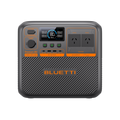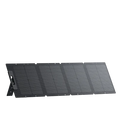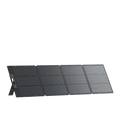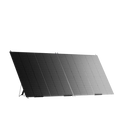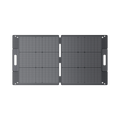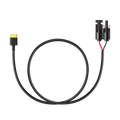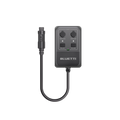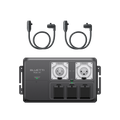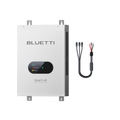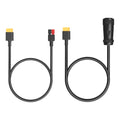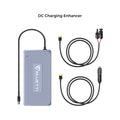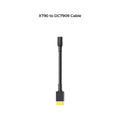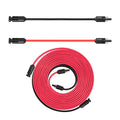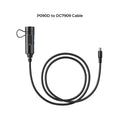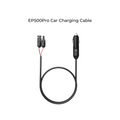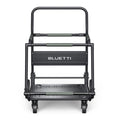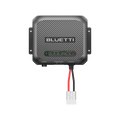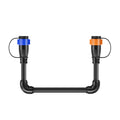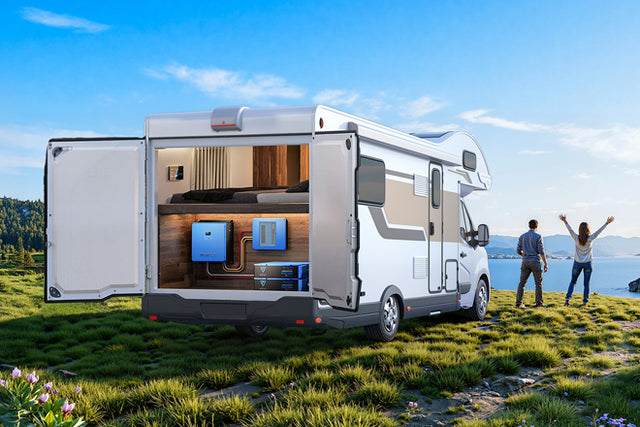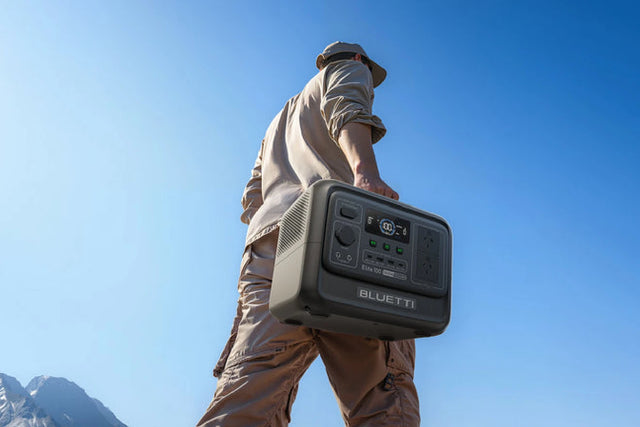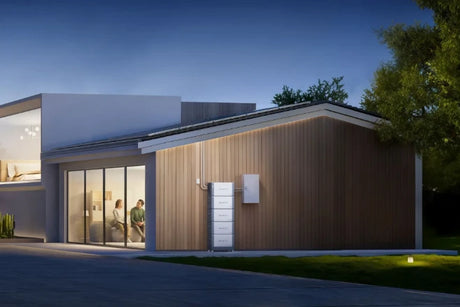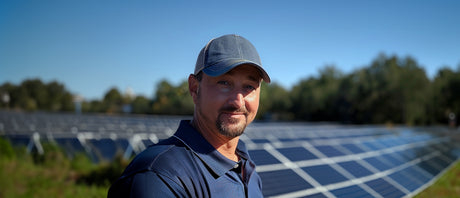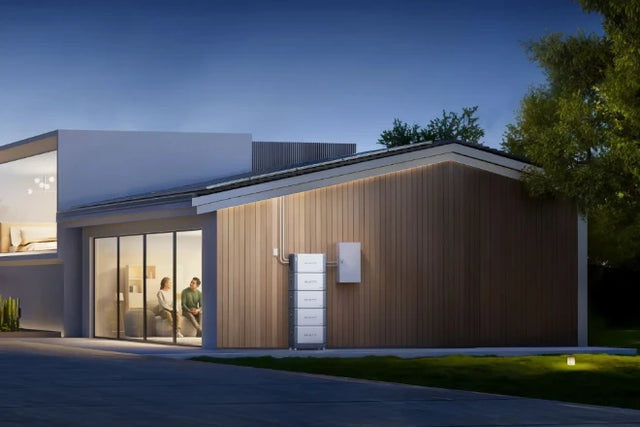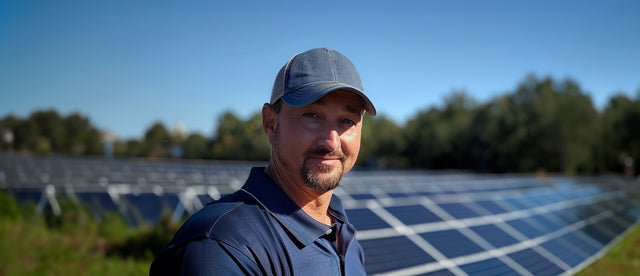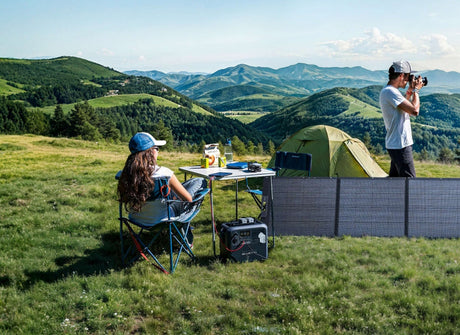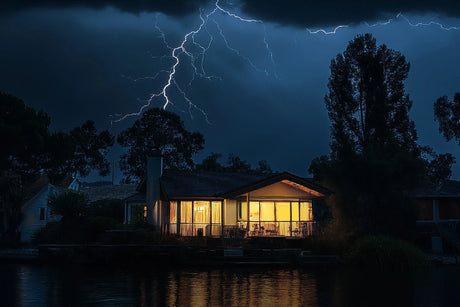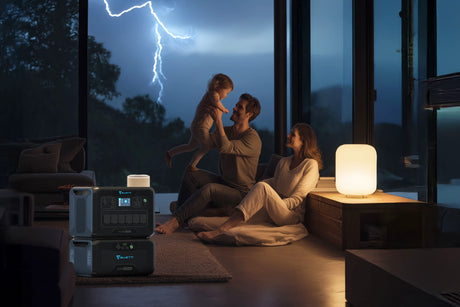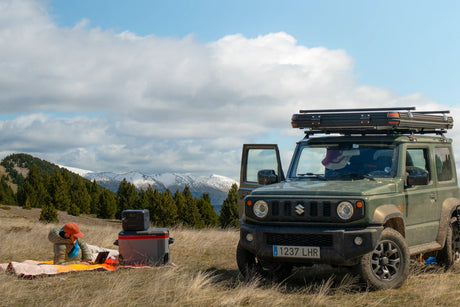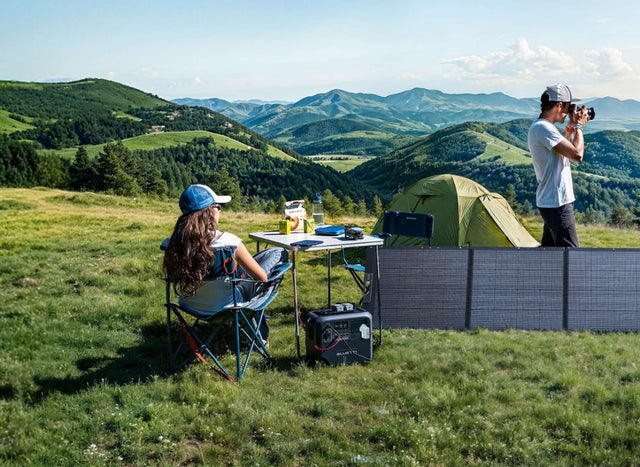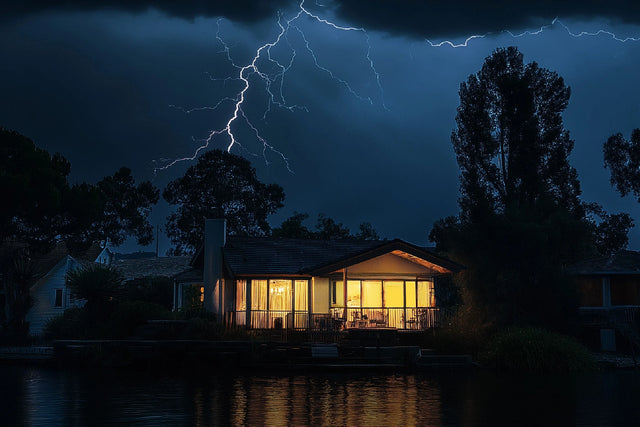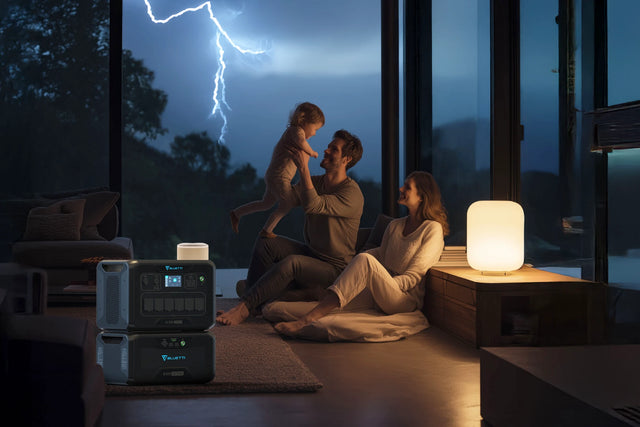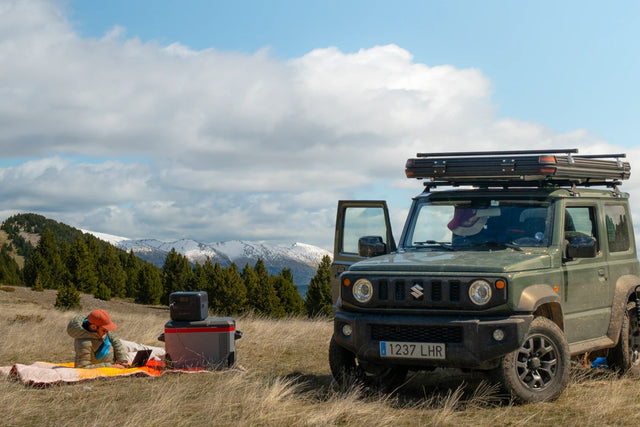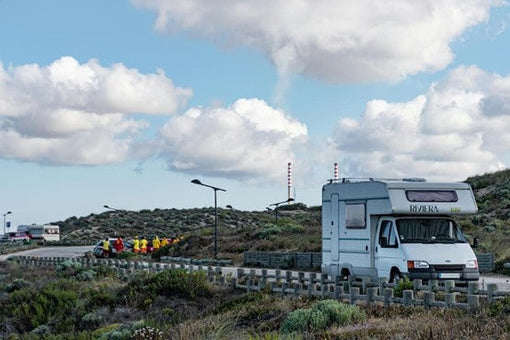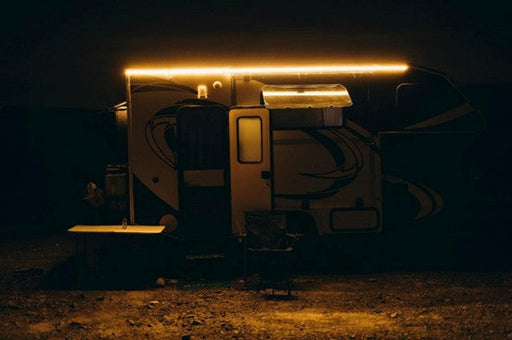High energy costs bite hard at the wallets of all Australians. This is what keeps casual chatter alive about the WA household electricity credit (yes, the little $150 rebate) in 2025. It's not hefty like last year's $400 relief, but it certainly isn't insignificant. When you total all the dollars into relief in your energy bill and the changes that you can make in your house, it might take off some assault of the sting.
It is the commonest source of "go forward." A lot of people are still scratching their heads, asking, "Am I eligible? When do I get it? What if my bill comes through strata?" If that sounds like you, you just might be in the right place.
What Exactly Is the WA Household Electricity Credit?
Let’s discuss this in detail.
The $150 WA energy rebate is just like any other rebate: it is part of the federal Energy Bill Relief Fund. An agreement has been achieved to provide it for Western Australia in 2025; the instalments of this credit will be: two amounts of $75 each, the first to arrive sometime after July 1, 2025, and the second later in the year.
Automatic application: Most households will not even need to lift a finger. This credit will simply show up on their Synergy or Horizon Power bill.
Census date: Your account needs to be active by 30 September 2025 to be accepted for this year's instalments.
Who gets it: Standard residential accounts on tariffs like Synergy's Home Plan A1. Businesses and commercial tariffs? Nope, not this time.
Think of it as a gentle gift from the government. "Hey, we know your electricity bill is painful. Here's a little something to soften the blow."
Other WA Support: Quick Comparison
|
Program |
Who it helps |
What you get |
How it’s delivered |
Can stack with $150? |
|
Energy Assistance Payment |
Eligible concession card holders |
Payment twice yearly |
Via retailer account (eligibility verified) |
Yes |
|
Dependent Child Rebate |
Households with dependent children |
Extra bill relief amount per eligible child |
Applied to bill |
Yes |
|
Air Conditioning Rebate |
Eligible regional/remote zones with essential cooling |
Targeted rebate to offset cooling costs |
Applied to bill |
Yes |
|
Hardship Utility Grants (HUGS) |
Customers in financial hardship |
One-off grant + payment plan support |
Through retailer after assessment |
Yes (case-by-case) |
Why Only $150?
Comparison of WA Energy Rebate Past From Now: If you feel a little disappointed, you are not alone. In the not-too-distant past, credits to WA households sometimes reached up to $400, which were often bundled with other federal funding for totals around $700. People noticed it in a big way.
Now in 2025, the price is slimmer, at just $150. Reason? Much of the responsibility has shifted to the federal level, while the WA government has pulled back its own direct rebates.

Who Gets It (Eligibility)
Most of the time, it is straightforward. If you're on a residential tariff with Synergy or Horizon Power, say Synergy's Home Plan A1, and your account was active by 30 September 2025, you can see the rebate on your bill automatically. Timing is the catch, though. If you're on board by the census date, then you're in. If you miss that date, you'll have to wait until next year.
Embedded Network Customers
Things get a bit more complicated when you are an occupant of an apartment block, retirement village, or caravan park where electric consumption is not charged directly by Synergy or Horizon Power. In such systems, which are called embedded networks, your landlord, body corporate, or village operator manages billing. That means the $150 credit is not just going to land on your bill for everyone. You first need to check whether your strata is passing it on, or go and apply through RevenueWA yourself.
Concession Cards
So here is some great news. This $150 credit is not only tied up in concession schemes, but also applies to a wider audience. However, if you hold a concession card (for example, if you have a Pensioner Concession Card, Health Care Card, or Commonwealth Seniors Health Card), then you might receive extra rebates. Through WA's Energy Concession Extension Scheme (ECES), the aforementioned payments, such as Energy Assistance Payment or Dependent Child Rebate, can be applied to the household electricity credit. Think of it as an initial credit with bonus rounds for people who qualify.
One Credit Per Account
This bit catches a fair number of people out. The rebate is per account, not per person. So if you are living with your three roommates under the same account, your household gets one $150 credit total, not for separate ones. But if you own two properties, each residential electricity account gets the credit.

How Credit Actually Appears
If you are imagining some banner across your Synergy bill, "Congrats, you saved $150!", sorry, that's not how it works. Instead, you'll just see a line item, Household Electricity Credit or similar. It will show up as a negative amount (a discount) on your bill.
- First $75 credit: After July 1, 2025.
- Second $75 credit: Usual by the next billing cycle, around October-November.
And no, you cannot ring up Synergy and ask them to cut you a check. It is strictly a bill offset. If your account closes before the credit applies, you just might lose it-unless you transfer over to another eligible account.
WA Energy Rebate or Other Aid in Paying Electricity Bills
The $150 household electricity credit, like so much else, cannot really be counted as much, though there are help codes that extend their benefits to other populations, such as concession cardholders or very low-income households.
Energy Assistance Payment
This is made once every six months and is available for a household holding any one of the concession cards, that is, the Pensioner Concession Card or the Health Care Card. At the same time, the Energy Assistance Payment directly helps concession customers deal with increasing energy costs, unlike the $150 household electricity credit, which goes through the billing process. Of fixed-income families, such a payment could pinch a lot of money quarterly from the bills. The age pension couple-retiree would expect to find relief in hundreds of dollars over the year from this $150 supplement and the two annual payments.
Dependent Child Rebate
The costs are entirely borne by families. Children really mean electricity consumption in the home, more laundry, lights on, constant charging of devices - you name it. In comes the Dependent Child Rebate, which isn't cash, really, but extra money somehow for a household with dependent children. It can be adjusted according to the number of children you're looking after.
Air Conditioning Rebate
Air conditioning is gradually becoming synonymous with survival in most parts of WA, a considerable part of their generous income going into the consumption of such cooling systems. Therefore, an air conditioning rebate is announced for such areas where people live. The government recognises that homeowners in hotter climates must keep their air-conditioners running for long hours, which increases their power consumption. Hence, the rebate is just there to help offset those costs so that those families are kept cool and comfortable without worrying about the next electricity bill.

Hardship Utility Grants
A Hardship Utility Grant or HUGS does come in handy in such situations. Where there are outstanding payments, and a client wishes to catch up, but feels hopeless, then utilities such as Synergy or Horizon Power will set up the payment plan on behalf of the applicant for a HUGS payment. This is, of course, not an automatic grant, as most often people have to show some form of economic distress in order to qualify and collaborate with the retailer on a repayment arrangement. Pair that gold standard household electricity credit with affordable targeted supports such as Energy Assistance Payment or Dependent Child Rebate, knowing that hardship assistance is there when needed, and you relieve much stress from your energy bill.
Maximising the Credit Tips
While not enough to wipe out an energy bill, a $150 household electricity credit can go quite a way if spent wisely alongside some smart habits. Here's how to maximise its value.
Use Energy-Efficient Appliances
Renovating appliances, from mild day-to-day use at home to heavier assets incurred purchase expenses, are heavy upfront costs, but savings do pile up thereafter. Consider EP760 power storage units or Apex 300 compact solar batteries-this set of units stacks, saving money on bringing you the least electricity that you can draw from the grid. If the household is using solar panels, there is room to store more solar energy for use in the evening, thereby avoiding peak rates, by integrating systems such as the EP760. Combine those savings with the $150 credit, and you barely notice your quarterly bills.
Shifting Usage to Off-Peak Times
Different power companies offer different billing rates: "off-peak" bill hours, or usually delayed during the late hours or in early morning hours, are cheaper. Dishwashers, washing machines, and even charging devices should be used at night for quite a huge amount of savings that people probably wouldn't think much of. Not much, but a small amount on top of each bill cut that puts it down to between $10–$15. If added to the automatic $75 instalments from the credit, then that's a double saving with hardly any effort.
Are You Eligible for Multiple Rebates?
That is where people drop money. Sure, the basic $150 credit is a base: there may indeed be some other program, say, Energy Assistance Payment, Dependent Child Rebate, or Air Conditioning Rebates, that may enable you to take advantage of such benefits just with your concession card or living within certain earmarked areas. Together with these supports, it means that the bill, instead of tackling the full amount of it, will probably be halved. If you are not sure, it may well be worth checking out the WA Government website or asking your retailer what you might qualify for.
Keep an Eye on Billing Dates
A minor but vital point: credits may not show up on the billing cycle you were expecting. All the credits that people think will appear with their meter reads are tied to government timelines. So, do not panic if you do not find the $75 credit on the next bill; just check the following one. And if it is still not there, then that is when to call Synergy, Horizon Power or RevenueWA. Staying on top of billing dates guarantees that you won’t accidentally miss one of them.
Complication: Things People Forget
In theory, the $150 household electricity credit seems quite uncomplicated. In fact, it is nearly too simple. But, as in most things involving government rebates, there are several catches that can trip people up. Here are the main ones to watch for.

Missed the Census Date
Timing is the big deal-breaker. For example, in order to be eligible, an electricity account must be open by the census date, which will be 30 September 2025. However, if the account is not established by that date, it could be just a few days too late, and you will not be eligible for the year. For example, if you moved into your new place on October 1 and opened your Synergy account on the same day, you'd miss out on the next round of credits.
The government used these cutoff dates to determine who "qualifies," but that disqualifies you when you're even slightly outside the window. It's tough, but those are the rules.
It Becomes Complicated with Embedded Networks
If you live in a complex of apartments, or in a retirement village, or even in a caravan park where the electricity bill comes through the landlord, strata, or park manager, then you are classified as an embedded network. This is where things can really turn messy. That’s not the case with an electricity bill that doesn't come directly from Synergy or Horizon Power, since you don't merely get the benefit automatically. Instead, you would probably have to rely on your strata or apply through RevenueWA to receive it. And if the manager does not act quickly? You might be left waiting for months before seeing the benefit accrued.
The Credit Does Not Cover Fixed Charges
A very fine but important point: the credit is a flat value off the bill. It does not change your supply charge, daily service fee, or demand-based costs. So if those fixed charges comprise a large portion of your electricity bill, let's say, $100 or more per cycle before you even use a single unit of power, the credit merely chips away at the overall bill; it doesn't change the underlying shape.
Higher demand fees and multiple fixed charges, therefore, leave such households with less relief as opposed to those with lower, usage-based bills.
$150 Does Not Go Quite as Far
Put simply: $150 just really is not what it was five years ago. Back when bills tended to be lower, one might hope that a rebate like this would cover most of a quarterly statement, but today, with energy costs being what they are, it often covers only a fraction. Some people have even gone so far as to say it appears more symbolic rather than practical, a kind of gesture from the government rather than an actual game-changer in terms of people's financial situations. But that gives to the other side of the coin, where families are living week to week: That symbolic gesture still sticks. $75 on a quarterly bill could determine whether on-time payment was made or not, or even affect whether the heater stayed on during a cold snap instead of being cut back.
How to Get the Most From Rebates, Incentives, and Bigger Savings
Sure, getting the $150 WA household electricity credit is a good start, but why stop there? Planning it a little better can pile up multiple rebates and access more incentives for even lower bills through smarter energy choices. Here's how to give yourself the best shot at maximising every dollar of support available.
Stay Ahead of Census Dates and Deadlines
The primary rule is simple: Do not miss the cutoff. The WA government sticks to census dates like 30 September 2025, against which there is no argument. If your account is not active on that date, you're out for that round. Changing houses? Switching providers? Be sure that the new account is active before the date so you can lock in eligibility.
That's when you know whether you're billed directly by Synergy or Horizon Power, in which case the rebate automatically applies. If it's an embedded network, say, an apartment block or retirement village, you’ll probably have to go after it via RevenueWA or your strata. Knowing which category you end up in saves you from the shock of waiting for a rebate that doesn't come.
Stack Incentives
This is not a game of just accompanying the $150 credit. Those with concession cards should check if they are entitled to Energy Assistance Payment, Dependent Child Rebate, or Air Conditioning Rebates. Each can be appended to the household electricity credit, sometimes doubling or even tripling total savings.
Invests in Smarter Energy Technology: BLUETTI EP760
Short-term rebates are appealing, but long-term savings beat them. This is exactly where the BLUETTI EP760 comes into play. The modular energy system doesn't just store power; it is specifically designed to drastically cut bills and offer grid independence.
The EP760 inverter has a 7600-W output at 230 V, and it can accept a maximum of 9,000 W PV input, most probably suited for every solar array. User-programmable through three MPPT inputs at 3,000 W each, it squeezes dry any of your panels.
Capacity-wise, it's adjustable: from about 9,920 Wh to about 19,840 Wh, depending on whether it comes with two, three, or four B500 batteries. That means you size it to your household's needs and not overpay for storage that you won't use. Powering up despite its compact design, about 626 × 324 × 368 mm in size, with a weight of 44 kg for each module.
I've designed it so that the inverter and battery packs can sit separate from one another, causing it to take up less space and therefore easier to install. More importantly, you can now manage everything via your phone due to WI-FI and Bluetooth support. You even have a 10-year warranty from BLUETTI, showing their confidence in durability.

What does it actually translate into? Picture your solar panels pumping energy all day long. Instead of sending it back to the grid for pocket change, your EP760 stores it away for you to use during the night when electricity prices soar. That is peak-load shifting in action. Throw in the WA electricity credit of $150, and your already shrinking bill just got even smaller. Suddenly, instead of $300 a quarter, you are down to something closer to $120, and then, the rebate shaves an extra $75 right off it. Oh, and if you ever generate more than required? The EP760 will enable you to sell energy back to the grid and make your system a little bit like an income-generating source.
Compact Solutions At Play: BLUETTI Apex 300
Of course, not every household needs a large-scale storage system. That is where BLUETTI Apex 300 comes in, a compact, future-proof smart energy platform oriented toward the Australian home. To start, it is constructed for the single 230V output system in Australia and supports AU standard sockets, so no messing around with adapters or incompatible plugs. Its small size is no issue; it can handle an impressive 6,400W solar input when paired with the D400S module. This means you can still charge the unit in roughly 1.2 hours on a sunny day, or reach 80% via grid AC in 45 minutes.
What stands out is the expandability. The Apex 300 is compatible with BLUETTI's ecosystem of smart accessories and battery modules, the B300K, AC Hub, AT1, and DC Hub, melting it into a system that you can grow with. Starting out small for an apartment in the city, you could later expand all the way to a whopping 58kWh / 11.52kW capacity; enough for long outages, rural properties, or hybrid solar setups. Designed with efficiency and durability in mind. While its class requires sixty or more of self-consumption, it is only expecting twenty. The automotive-grade LiFePO₄ batteries are good for more than 6,000 cycles, seventeen years of everyday use, more or less. It is also safe for consumption, having passed thirty-three automotive-grade standards. Despite being a designer for daily use, it has a lot of smart tricks up its sleeve:
- While still in operation, modules can be unplugged or plugged back in, with hot-swap support.
- TT-30 ports and DC hubs for RV and camping add-ons, making it perfect for off-grid excursions.
- SMART app integration facilitates remote operations, disaster notifications, and automatic recharge prior to cyclone or bushfire events.
If you want to get reliable emergency power but don't want a system-sized footprint, the Apex 300 is perfect. For renters or small homeowners, or even campers on the run, it slices through grid dependence like a rip-saw. When you couple that with the WA household electricity credit and other perks, your savings multiply.
In conjunction, BLUETTI EP760 and Apex 300 provide options for households in WA. Whether you want a powerhouse for complete solar independence or a compact and expandable backup for day-to-day flexibility, by pairing them with rebates like WA household electricity credits, you maximise the return on investment.

Monitoring Billing Cycles and Credits
Finally, do not merely assume the credits are landing; monitor them. There are times when government rebates don't perfectly sync with your billing period, so make sure to scrutinise your bills. If you discover any irregularities, contact Synergy, Horizon Power, or RevenueWA as soon as possible rather than suffer for months.
Is $150 WA Household Electricity Credit a Lot?
Let's close this discussion by saying: These household electricity credits are just temporary solutions to a much bigger issue. Energy prices go up, and rebates cannot last forever to compensate. The thing is, the band-aid will fall off eventually; thus, it's time to consider the long-term solution.
For some households, the $150 rebate plus solar, batteries, or energy-efficient tech like the EP760 and Apex 300 adds to quite a bit of savings; for others, it's just a dent in a big bill. But remember, all this is automatic. You don't have to apply (unless you're in a tricky billing setup). And when the bill plops onto your inbox with the $75 knocked off, it's a moment of smiling, even if just for a moment.


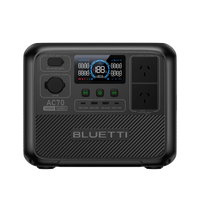
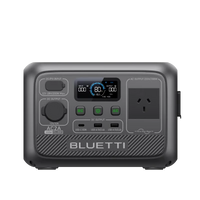
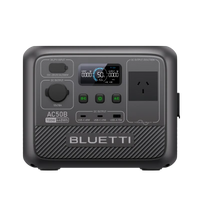

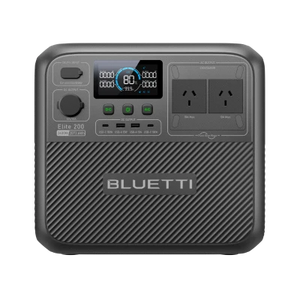
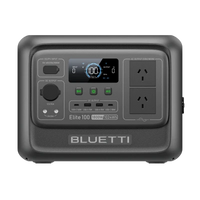
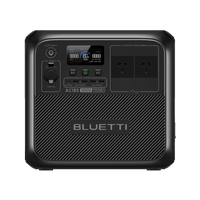
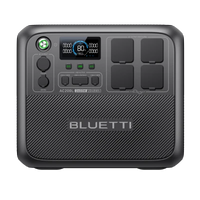

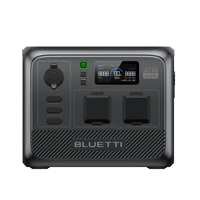
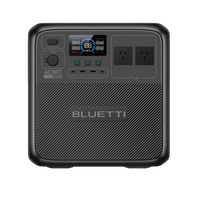


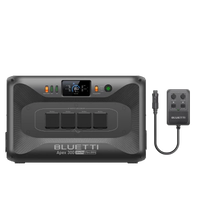


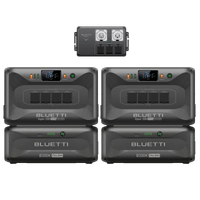

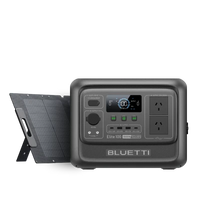
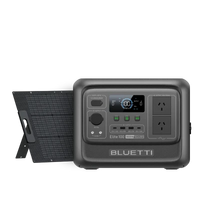
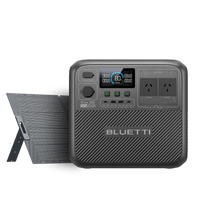

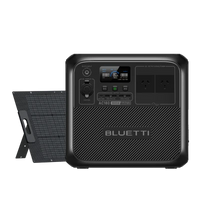
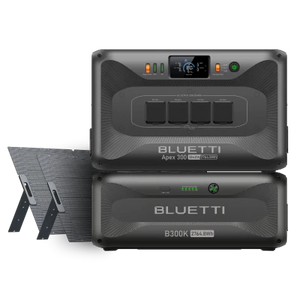

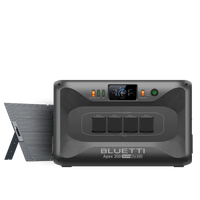
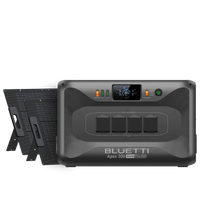
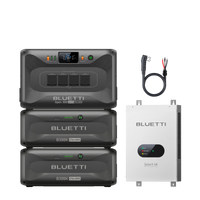

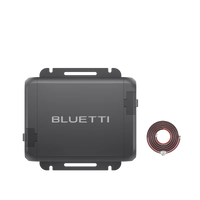
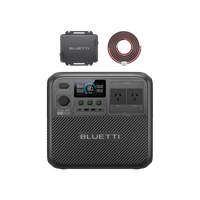

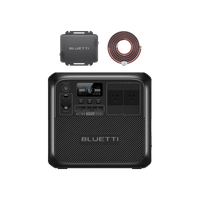
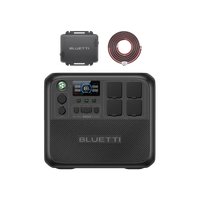
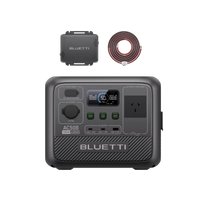
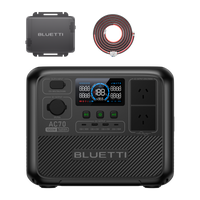


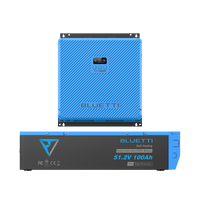
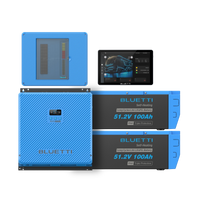
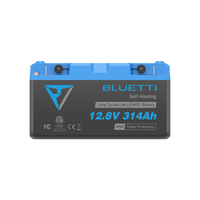
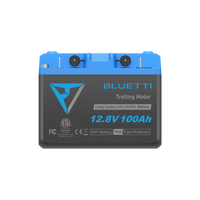
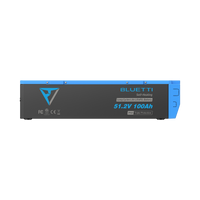
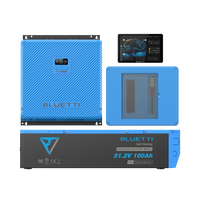
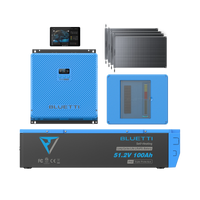
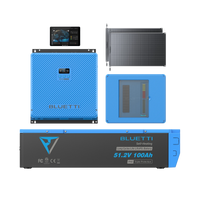
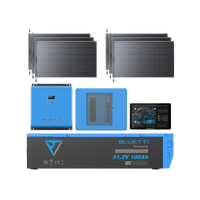
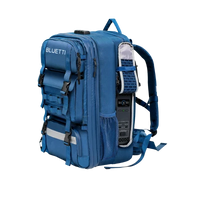
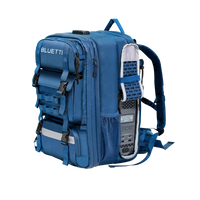
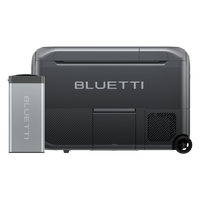
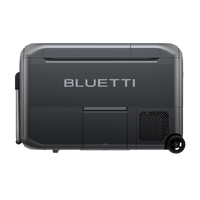
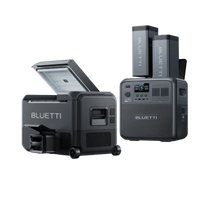
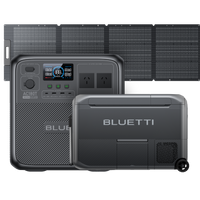
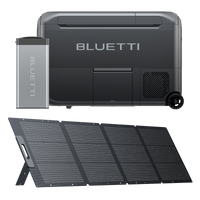
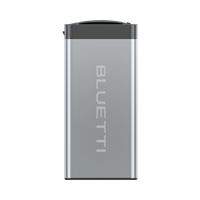

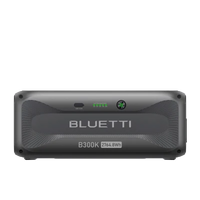

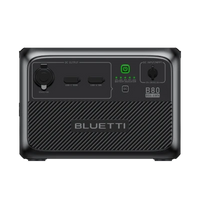


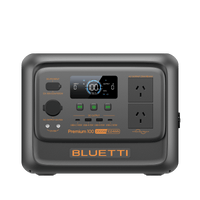
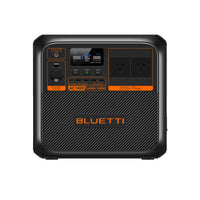

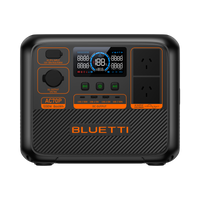


![[Phased Out] BLUETTI B80P Expansion Battery | 806Wh](http://www.bluettipower.com.au/cdn/shop/files/202310025B80P_2000-2000px_4_4caa0c1c-4dab-4272-9e9b-2b7507e5bd81.jpg?v=1713777870&width=200)
![[Phased Out] BLUETTI B210P Expansion Battery | 2,150Wh](http://www.bluettipower.com.au/cdn/shop/files/2_08cf9ef3-03a4-4489-b641-d3edb8094896.webp?v=1716016566&width=200)
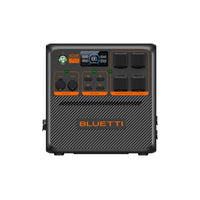
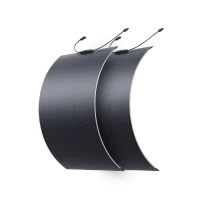

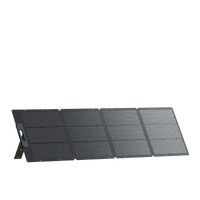
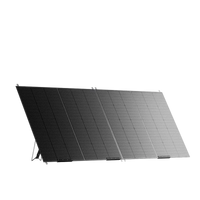

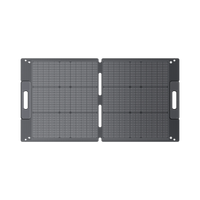

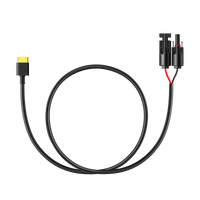
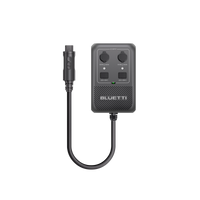

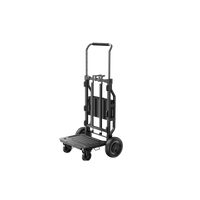
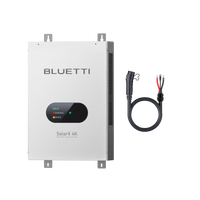
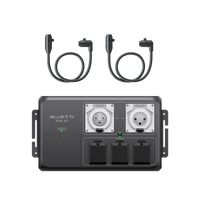
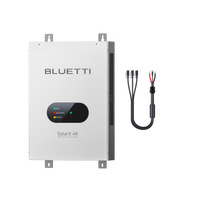
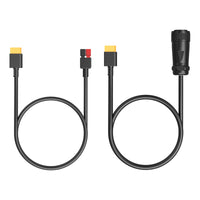

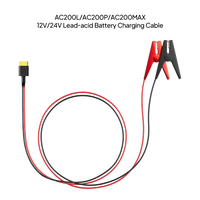
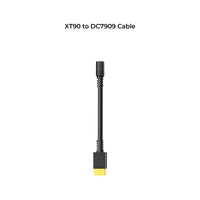
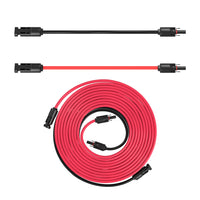
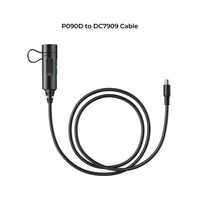
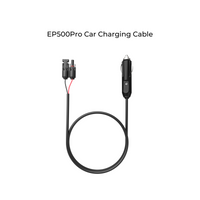
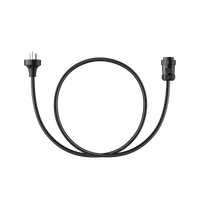
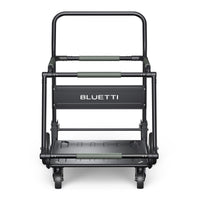
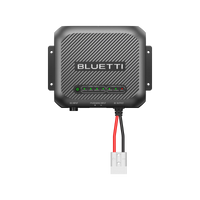




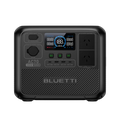
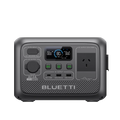
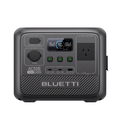


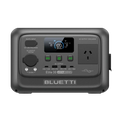
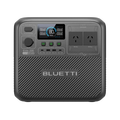
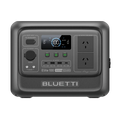
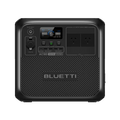
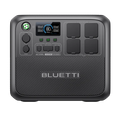
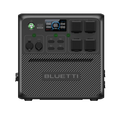
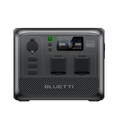
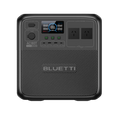


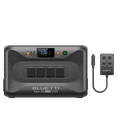


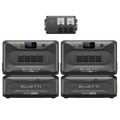




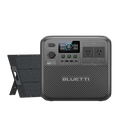
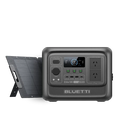

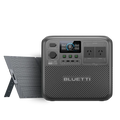
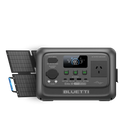
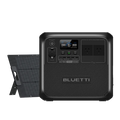
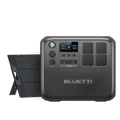
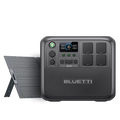




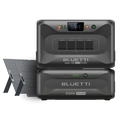
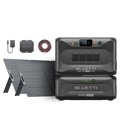
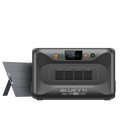

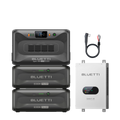

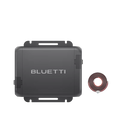
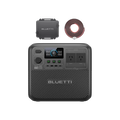
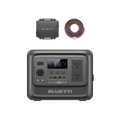
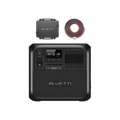
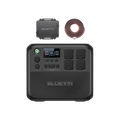
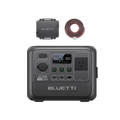

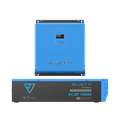

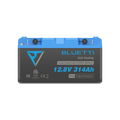
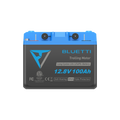

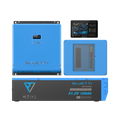

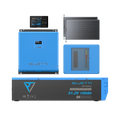

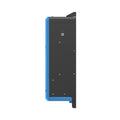

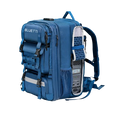
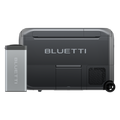
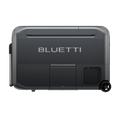

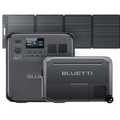
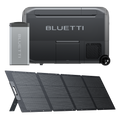
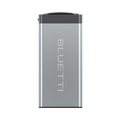
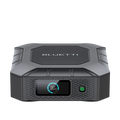
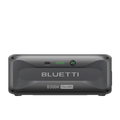

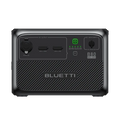
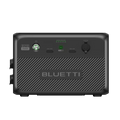
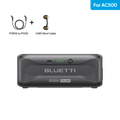
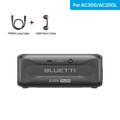
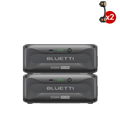
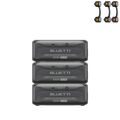




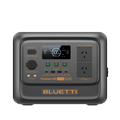
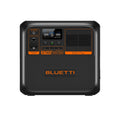

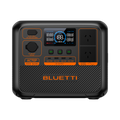

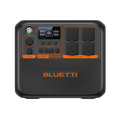
![[Phased Out] BLUETTI B80P Expansion Battery | 806Wh](http://www.bluettipower.com.au/cdn/shop/files/202310025B80P_2000-2000px_4_4caa0c1c-4dab-4272-9e9b-2b7507e5bd81.jpg?v=1713777870&width=120)
![[Phased Out] BLUETTI B210P Expansion Battery | 2,150Wh](http://www.bluettipower.com.au/cdn/shop/files/2_08cf9ef3-03a4-4489-b641-d3edb8094896.webp?v=1716016566&width=120)


